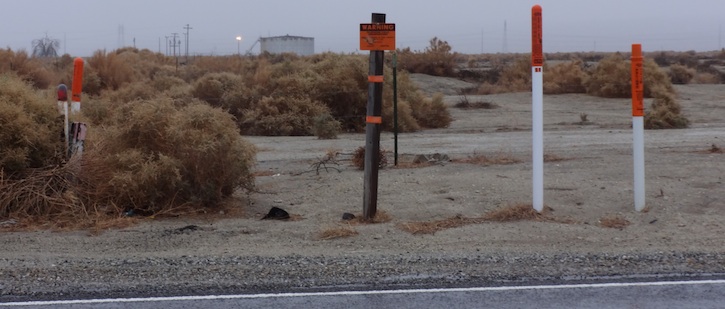
Western Kern County is oil country. Once you hit the foothills of the central California coast range, agriculture stops and oil production begins. Several small towns along State Route 33 support the industry and its workers. The largest is Taft, with a city limits population of around 9,000 people in about 2,300 households, plus adjacent unincorporated neighborhoods.
By California Public Utilities Commission standards, nearly all of Taft (and Maricopa to the south) has adequate broadband service: the local cable company, Bright House, offers up to 90 Mbps download and 10 Mbps upload speeds. But the local telco is Verizon – one of the legacy GTE systems it acquired – which doesn’t even offer 1990s-grade DSL service.
As a result, the cheapest Internet service plan that’s available is about $55 per month for 1 Mbps down/512 Kbps up, once tax and modem fees are figured in and the new customer discount ends. Exact adoption figures aren’t available, but FCC data indicates that fixed Internet service adoption in the region is in the 20% to 40% range, about half the rate for Kern County as a whole and maybe a third of the overall rate in California.
Lack of access to home Internet service is a particular problem for local educators who want students to be able to do their homework and get access to electronically published textbooks and other resources.
Yesterday, I conducted a community broadband planning workshop in Taft. About 50 people attended – a bigger turnout than you’d expect even in much larger cities. Representatives from Bright House were there and participated in a very helpful way. Verizon didn’t send anyone, though. Next steps are to come up with a plan to upgrade local infrastructure and drive greater in-home adoption. The community has resources, including middle mile fiber, motivated local government agencies and educational institutions, and several large companies, including oil giants. It’s a good start.
